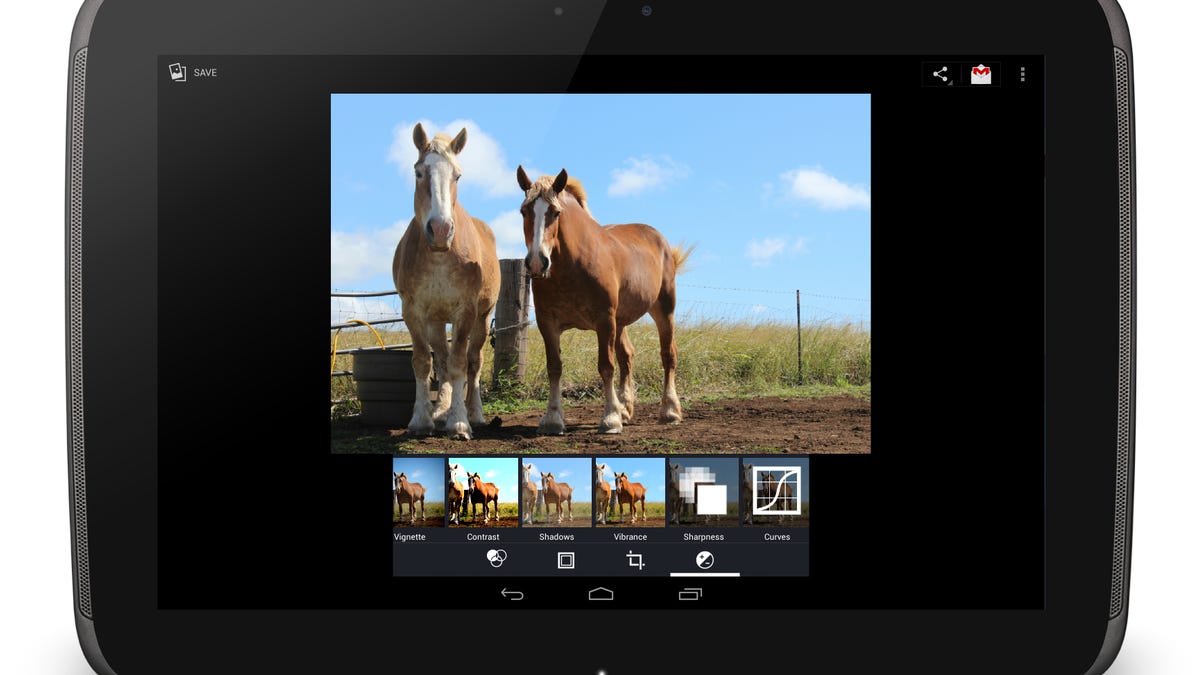 Why You Can Trust CNET
Why You Can Trust CNET Apple, Google and Amazon wage war of pixels
In pushing their latest gadgets, the tablet makers show that display quality has become the defining metric of the mobile age.

It was there this month in Apple's announcement of the iPad Mini, in Google's marketing of the Nexus 10 tablet, and in an advertisement on Amazon's home page promoting the Kindle Fire HD.
Pixels per inch -- the simple measure of a device's screen resolution -- now trumps many other metrics in a device's product marketing. In a world where nearly everything has become a rectangular square of glass, the quality of the display on that glass has risen to the top of device makers' priority list.
Google has made the screen of the Nexus 10 tablet its chief selling point. At a resolution of 2,560x1,600, or 300 PPI, the tablet it produced with Samsung boasts the highest resolution on the market. To Google, this is the kind of gee-whiz feature that should appeal to a broad audience: "That's over 4 million pixels right in your hands," the company said in its announcement.
Meanwhile, Amazon took Apple to task over the weekend for the pixel density of its recently announced iPad Mini. In a comparison chart, Amazon noted that its Kindle Fire HD has 216 PPI to the Mini's 163, or 30 percent more pixels than the Mini.
To which Apple might say: Yes, but the Mini's screen is 35 percent bigger. The company has emphasized the quality of the Mini's display in its own marketing materials, saying that "everything looks incredibly crisp and sharp. And since the iPad Mini display has 35 percent more screen area than a 7-inch tablet, everything is easier to read and interact with."
Apple can take credit for starting the arms race over pixels. In 2010, it released the iPhone 4, which boasted a 3.5-inch LED display at a resolution of 640x960 pixels. That's 326 PPI -- the highest seen on a smartphone up to that point. It was so high that, Apple said, the human eye could not distinguish individual pixels when viewed at a normal distance. In a smart marketing move, Apple called its new screen the "Retina display," and began bringing it to more and more devices. It has since become the signature feature of new products like this year's iPads and MacBook Pros.
Little wonder, then, that competitors have followed suit. PPI features prominently in the marketing of many of the big holiday phone and tablet launches -- it is to the mobile world what processor speed was to the desktop PC market.
Eventually, processor speeds grew fast enough that average users couldn't tell the difference between last year's model and this one -- at least not so long as they confined their activities to word processing and browsing the Web. Selling a device based on its display faces a similar fate -- once the human eye can't distinguish between Apple's displays and Amazon's, you can expect it to disappear from the advertisements. (Maybe it's already happening; the official site for the current Windows Phone 8 flagship device, the Nokia Lumia 920, makes little fuss about its 332 PPI display.)
In the meantime, though, the display wars are fully engaged. We'll all benefit from the added clarity on our screens -- particularly those of us who spend 16 or so hours a day staring at them -- and device makers will profit from the premium that high-end displays usually command.
And then, in the proud tradition of technology consumers, we'll come to take high-quality displays totally for granted, and device makers will have to sell us their glass rectangles on the basis of something else.

